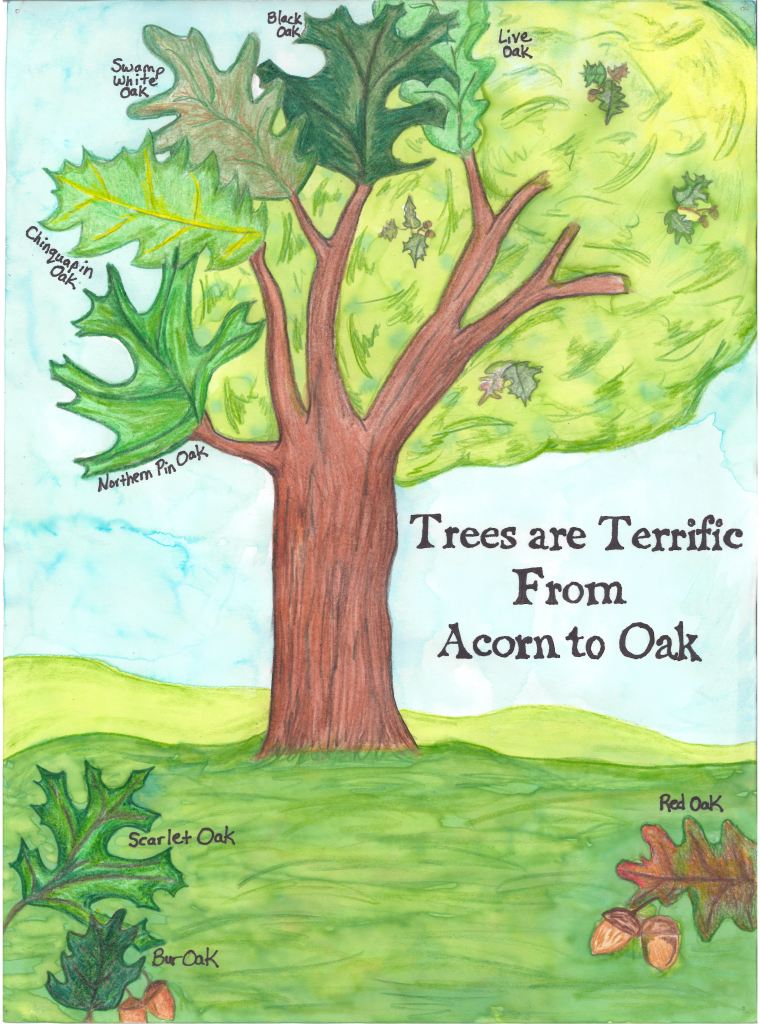


Here in The Woodlands, there was really a big mess after the storm. Right afterward, one could hardly go from one place to another. Day by day, more trees were cleared from the road and put to the side so that traffic could pass. Residents helped some where they could to make the roads passable.
Mobility was the primary issue of course, but our interest here is mostly on what could have been done to prevent the loss of trees or damage to the houses. All in all, I believe nothing could have realistically been done. There were some interesting things learned however.
Trees are usually top heavy around here, especially pines. Many of our pines grew up surrounded by the forest, especially peer trees as they all reached towards the heavens competing for light. Tree branches would die underneath the canopy as the trees aged, leaving the trees to spread out and mature in high places. The twisting winds of a direct hit of a hurricane generates many rotational currents that often twists the tree. So the top is broken off, like spinning off its top. The failure of the trunk will occur wherever the weakest point is located, often leaving 1/2, or 2/3 or 1/3 or even less of the tree above the ground. I show an example of this phenomenon in the accompanying photographs. No type of tree was exempt from falling. Some, including the pine tree were uprooted. I saw about every kind there is, down on the street or down in a yard. Our parks were heavily affected with many downed trees.


There were many trees damaged or fallen by the strong winds. Each homeowner had the responsibility to clean up the yard, front and back. Often, there were broken branches to be sawed into manageable size pieces of wood. A chain saw came in handy for that purpose. But afterward, it seemed to take forever before the trash trucks came by. Many homeowners had their yard maintenance contractors haul away the refuse. One reason for that was that the grass was going to die under the refuse. It was better to pay the contractors to haul the stuff away. Putting the refuse on the street was prohibited since it would stop the water drainage systems, which in fact actually happened during the storm. Neighbors pitched in to help each other to clear the storm drains during the height of the flooding and after the hurricane already passed through. So many limbs and leaves had washed into the storm sewer entrances, causing major street flooding.
Afterward, we had to clean up the small stuff which turned out to be a major chore also. It was amazing how many small stems and dead branches were broken by the winds and scattered on the ground.
One additional observation about the damage was what happened to the Yaupons. The wind swirled them around like a mix master. They entangled their limbs with each other and the winds made them lean in different directions than they did before. We thought they were far enough away from the house only to find out that some of the taller branches leaned close to the ground and reached all the way to pound the side of the house in the strong winds. Today, I have still have branches laying low to the ground that used to be high in the canopy and am trimming them back. In the middle part of the canopy where the Yaupons normally reach, the branches of other trees fell, such as pines and oaks. Getting them down out of the Yaupons was a chore. I just finished that chore!
One more observation that is worth considering for the future - if you cut your vines in your trees and leave them to decay naturally, a hurricane will change your mind for the future. The vines are very very slow to decay up in the trees. I ended up with bundles of old vine stems that became sails in the wind. That caused some of the trees and Yaupons to completely change their configuration, entangling many of the limbs. The good thing was that the Yaupons were very bendable. They swayed and danced with the wind regardless if the wind was twisting or straight lining with the wind.
One piece of advice - always trim the stuff away from the house at the beginning of the summer. That is needed to let the house breathe properly as well as protect the house from incurring damage due to tree or plant limbs too near the house. Also, board up windows vulnerable to tree limb damage even if the limbs seem far enough away, within reason of course.
In short, we love our trees and would be highly upset if anyone cut them down because they are a threat in a hurricane. We all know they are a threat in hurricanes, but we lost not one person here due to our trees! We are The Woodlands. Your trees are ours and ours are yours. Property value is dependent on you being a responsible caretaker of our forest. We do have covenants that include protection for our elder trees (these are part of a legal obligation every homeowner has agreed upon in buying a home here).


















